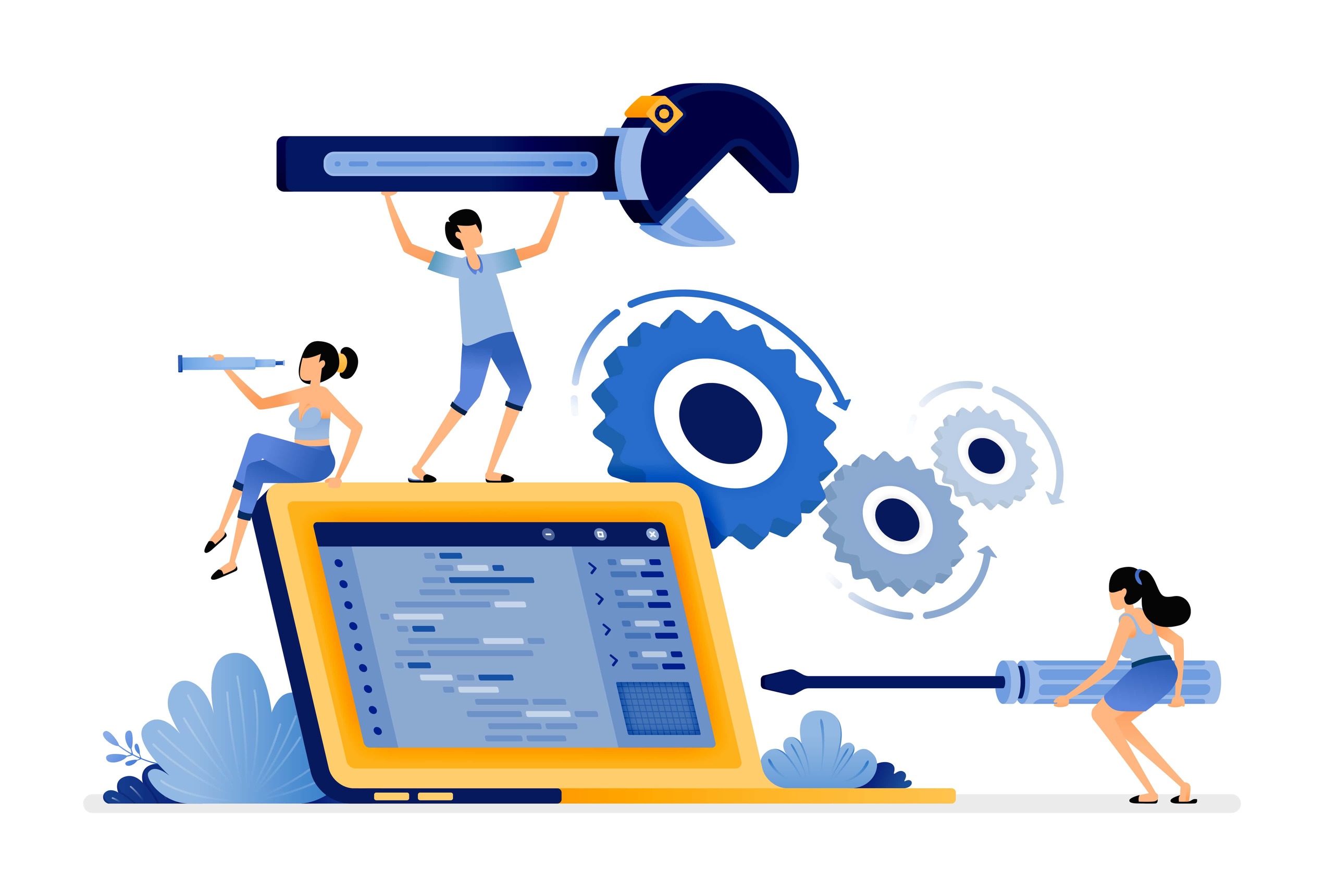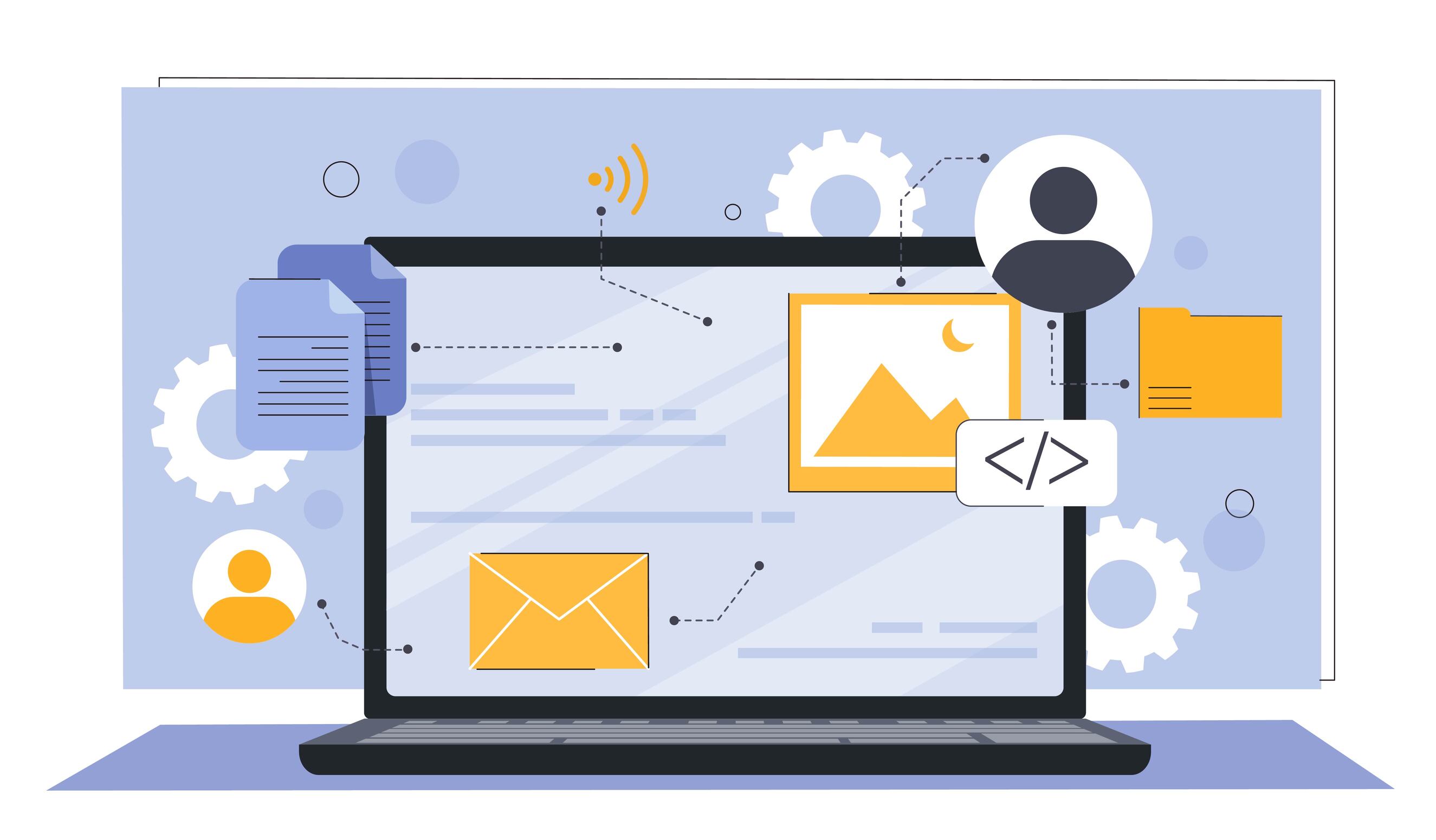Organizational Portal: The Key to Communication, Efficiency, and Growth in Business
Corporate portal

 1817
1817 
Organizational Portal: The Key to Communication, Efficiency, and Growth in Business
In today's dynamic and complex world, organizations of all sizes and sectors are seeking ways to improve internal communication, empower employees, and optimize business processes. One of the most effective tools for achieving these goals is the organizational portal - a centralized digital platform that serves as the "operational hub" of the company. Whether it concerns ongoing updates, access to essential documents, or collaboration tools - a modern, customized organizational portal represents a strategic asset of immense value. In this article, we will delve into the depths of the subject, review the diverse advantages of an organizational portal for businesses, employees, and customers, and provide practical tips for the effective planning, establishment, and maintenance of the portal.
The Significant Advantages of an Organizational Portal
- Improvement of Internal Communication: The portal offers a unified and accessible platform for sharing essential information between management, departments, and employees. Instead of relying on dozens of cluttered emails or physical documents - all information is centralized, synchronized, and updated in one place. Whether it concerns news and ongoing updates, procedures, digital forms, organizational schedules, or a media library - the portal generates a single "source of truth" that saves precious time, prevents confusion and errors, and creates transparency.
- Promotion of Collaboration and Teamwork: An advanced portal includes dedicated tools for knowledge sharing and joint work. From internal forums for discussing various topics, through shared document libraries, to a project management system enabling different teams (sometimes at geographically distant locations) to plan, manage tasks, and track progress in real-time. Such collaborations enhance productivity, create synergy, and promote a culture of transparency and trust.
- Empowerment and Professional Development of Employees: An organizational portal is also a powerful tool for the growth and empowerment of human capital. Through an integrated LMS system, it is possible to offer employees courses, workshops, and online training tailored to their personal and professional needs. Easily accessible instructional content at the click of a button encourages continuous learning, skill improvement, and knowledge gap closure. Additionally, periodic satisfaction surveys and feedback requests allow for evaluating employee satisfaction and their needs for further growth.
- Strengthening Brand and Organizational Culture: A portal with an inviting design, rich content, and inspiring messages becomes a central tool for establishing values, vision, and organizational culture. It serves as an "internal ambassador" for the brand - enhancing employees' pride, identification, and belonging to the task and the company. Publishing success stories and recognition for exceptional achievements, promoting shared social events, and encouraging volunteer initiatives - all contribute to increasing employee motivation and commitment, enhancing the positive experience.
- Advanced Service and Support for Customers: A quality portal can also serve as a foundation for the company's customers and business partners. Providing controlled access to relevant resources, such as training documents, FAQs, order tracking, and opening service calls - significantly streamlines service, reduces unnecessary inquiries to the call center, and greatly improves customer satisfaction and loyalty. A uniform interface across all of the company's touchpoints gives customers a sense of continuity and consistency.
- Automation and Optimization of Processes: "Under the hood" of the organizational portal, sophisticated systems of workflows and business rules can automate and accelerate complex processes. For instance, an online vacation request form can automatically be routed for approval from the direct supervisor, interface with the HR system, and update the employee's remaining vacation days. Such features reduce human errors and tedious manual work, freeing up valuable time and resources for value-added activities.
Essential Features in Developing an Organizational Portal: To maximize the benefits and advantages mentioned, it is important to adhere to several guiding principles in the development and construction of the portal:
- Defining Clear Goals and Requirements: Before starting the project, formulate a structured strategy that describes the goals and needs of the organization from the new portal. What functionality is required? Who are the target audiences? What are the expectations regarding design and usability? The clearer the requirements, the more focused and precise the final product will be.
- Choosing the Right Platform: There are various platforms for developing websites and organizational portals, each with its own advantages and disadvantages. Some are based on open source (like Drupal or Liferay), while others are commercial (like Microsoft’s SharePoint). Choose the platform that best fits your needs and budget, emphasizing information security, integration capabilities with other systems, and ease of use.
- User-Centric Design: While content and functionality are the heart of the portal, an appealing, intuitive, and user-friendly design will encourage widespread and ongoing use. Ensure an optimal user experience, mobile responsiveness, fast loading times, and smooth navigation between screens. Incorporate the company's visual branding to enhance engagement. The more accessible and pleasant the interface, the higher the chances of widespread adoption of the portal within the organization.
- Current and Engaging Content: Even the most sophisticated portal will not achieve its goals if it is empty or filled with irrelevant content. Regularly provide a variety of media types such as news, articles, blogs, videos, podcasts, infographics, etc., that add value to employees and encourage them to return to the portal time and again. The portal should be a central and current information point in employees' daily lives.
- Promoting and Marketing the Portal Over Time: Establishing an organizational portal is only the beginning. To ensure widespread adoption and ongoing use, management and leaders need to actively promote the portal over time. The launch plan should include comprehensive employee training, feedback and improvement cycles, internal marketing events like competitions and awards for active users, and measurement of relevant KPIs (such as daily logins or satisfaction ratings).
Examples from the Field: Below are several Israeli companies that have established advanced organizational portals and have derived significant benefits from them:
A. Cellcom - Established a portal that consolidates all the information, tools, and internal applications of the company under one roof. Within a few months, usage rates above 90% were achieved among all employees, with a significant improvement in work efficiency and internal communication.
B. Discount Bank - Developed an advanced portal for bank employees that integrates artificial intelligence and machine learning applications. For instance, a smart chat bot answers common employee questions and directs them to relevant resources. The portal contributed to more than a 30% improvement in employee professional knowledge and saved valuable time.
C. Tel Aviv Municipality - Implemented a portal that integrates information and digital services for the city's residents, such as viewing bills and submitting online requests. The portal allows for a "municipality without clerks", significantly improving service to residents and reducing the burden on the municipality's physical offices.
Conclusion: An organizational portal is not just another supporting system - it is a strategic tool for creating an advanced, innovative, and people-oriented work environment. It constitutes the beating heart of the business, driving growth and collaboration from anywhere and on any device. Engaging all employees of the company in a shared vision and mission, through an innovative digital platform, is the key to a smart and successful organization in the 21st century.






